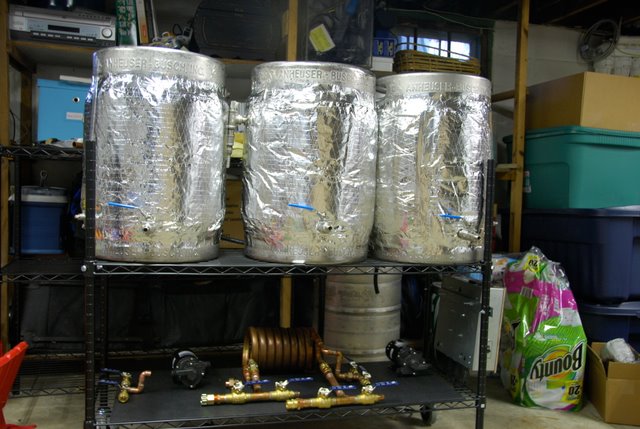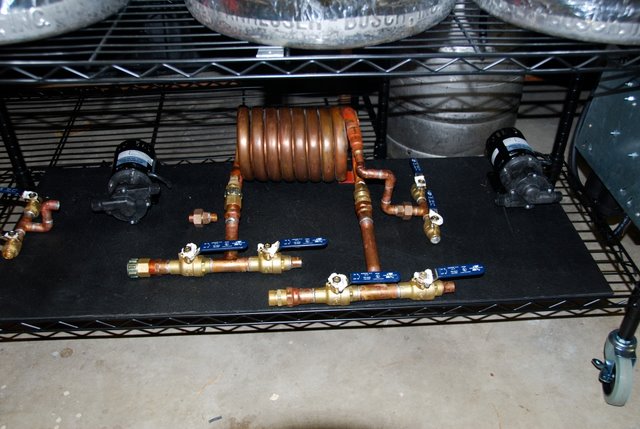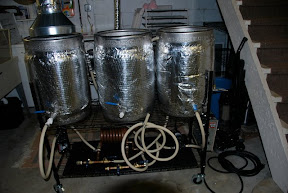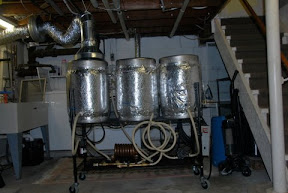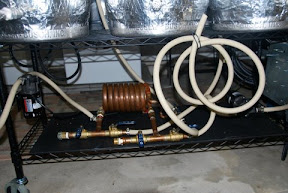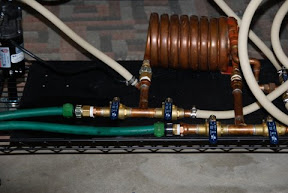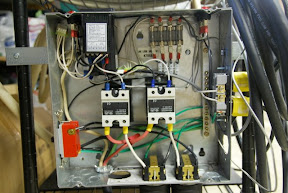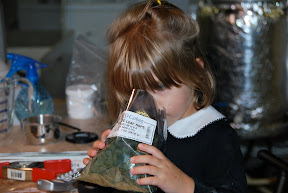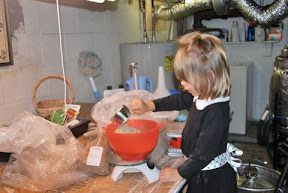Good afternoon and let me first say thank you to all those who took the time to post their DIY projects on this beautiful forum. If I could remember all of your names I would gladly give you credit. However as to not waste time, I'll get this going.
I'm building out a single tier all electric RIMS brew station in my cellar and have sourced a good amount of the parts, including pumps, kettle hardware, however the majority of my time so far has been spent on designing and constructing my controller. Since I'm going to be bringing 110v in to power the PID's and pumps, and 240v in for the 4500w heaters in my HLT and Brew Kettle, this took a lot of research and patience in order not electrocute myself.
First of all, I have a 30 amp GFCI breaker installed in the panel where my old 240v dryer was wired, and I have a separate 110v GFCI as well. All my cable hookups are 3 connection twist lock and will connect vertically into my panel.
What I request of you with electrical backgrounds is to review what I've done so far and tell me if you see anything glaring or downright dangerous. Note that the HTL and BK will either be SS pots or keggles and the heating elements will be grounded to the pots.
Here's it so far with some labeling, please excuse the 10 AWG white colored wire for my second hot on the 240v.
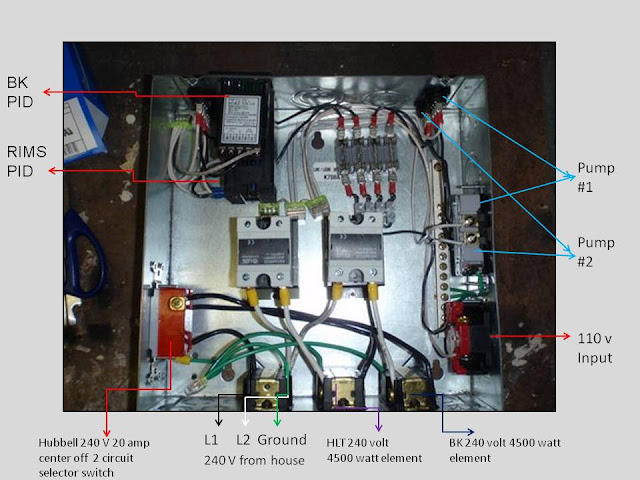
Please let me know what you think. I will continue to post my project as time and wife and job and children permit.
Flananuts
I'm building out a single tier all electric RIMS brew station in my cellar and have sourced a good amount of the parts, including pumps, kettle hardware, however the majority of my time so far has been spent on designing and constructing my controller. Since I'm going to be bringing 110v in to power the PID's and pumps, and 240v in for the 4500w heaters in my HLT and Brew Kettle, this took a lot of research and patience in order not electrocute myself.
First of all, I have a 30 amp GFCI breaker installed in the panel where my old 240v dryer was wired, and I have a separate 110v GFCI as well. All my cable hookups are 3 connection twist lock and will connect vertically into my panel.
What I request of you with electrical backgrounds is to review what I've done so far and tell me if you see anything glaring or downright dangerous. Note that the HTL and BK will either be SS pots or keggles and the heating elements will be grounded to the pots.
Here's it so far with some labeling, please excuse the 10 AWG white colored wire for my second hot on the 240v.

Please let me know what you think. I will continue to post my project as time and wife and job and children permit.
Flananuts


